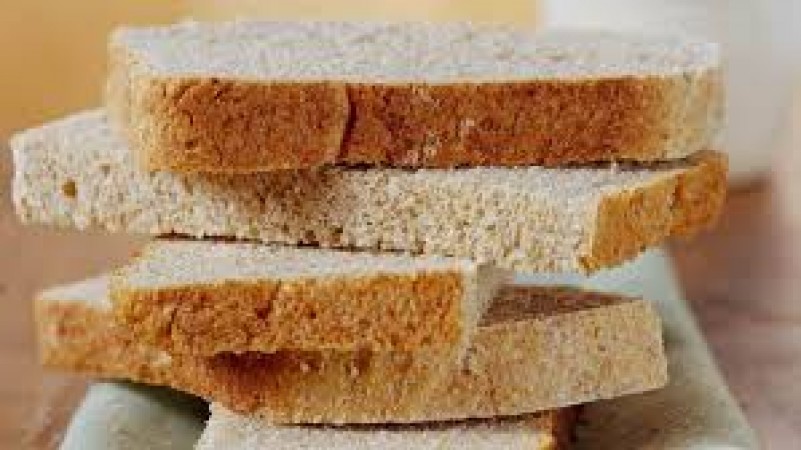
In a world filled with diverse dietary choices, bread stands as a timeless staple on tables across the globe. From the comforting aroma of freshly baked loaves to the convenience of sandwich slices, bread remains a dietary cornerstone for many. But just how much bread should you consume each day to maintain a healthy and balanced diet? In this article, we'll delve into the nuances of bread consumption and provide practical guidance on making bread a nutritious part of your daily meals.
Before we discuss the ideal quantity of bread for daily consumption, it's important to understand the role bread plays in our diets. Bread is a significant source of carbohydrates, which are the body's primary energy source. Additionally, it provides essential nutrients such as fiber, vitamins, and minerals, depending on the type of bread you choose.
Not all bread is created equal. The type of bread you select can significantly impact its nutritional value. Here are some common varieties:
Whole wheat bread is often considered a healthier option due to its higher fiber content, which aids in digestion and helps maintain steady blood sugar levels.
White bread, while delicious, is typically less nutritious than whole wheat bread as it is made from refined flour, which lacks the fiber found in whole grains.
Multigrain bread contains various grains and seeds, offering a broader spectrum of nutrients and flavors.
Gluten-free bread is suitable for those with gluten sensitivities, but it may lack the nutritional richness of whole wheat or multigrain options.
Now, let's get to the heart of the matter: how much bread should you eat daily to stay healthy? The answer isn't one-size-fits-all, as it depends on various factors, including your age, activity level, and overall dietary choices. However, here are some general guidelines:
Control your bread portions. A single serving of bread is typically equivalent to one slice. For most adults, consuming 6-8 servings of grains, including bread, per day is a reasonable guideline.
Your daily calorie intake should dictate your bread consumption. If you require a higher calorie intake due to physical activity, you can afford more bread servings, but be mindful not to overindulge.
Bread should complement other food groups in your diet. Pair it with lean protein, vegetables, and healthy fats for a well-rounded meal.
Opt for whole wheat or multigrain bread over white bread to maximize nutritional benefits. These varieties are richer in fiber and nutrients.
If you have dietary restrictions or health conditions, such as celiac disease or gluten sensitivity, choose gluten-free bread or alternative grain options.
bread can be a valuable and nutritious component of your daily diet, provided you consume it in moderation and choose nutrient-dense varieties. Portion control, mindful calorie consideration, and a balanced approach to incorporating bread into your meals are key. Remember that individual dietary needs vary, so it's essential to tailor your bread consumption to your unique circumstances and preferences. By making informed choices and considering the nutritional content of the bread you consume, you can continue to enjoy this timeless dietary staple while promoting your overall health and well-being.
This food combination is dangerous for the body